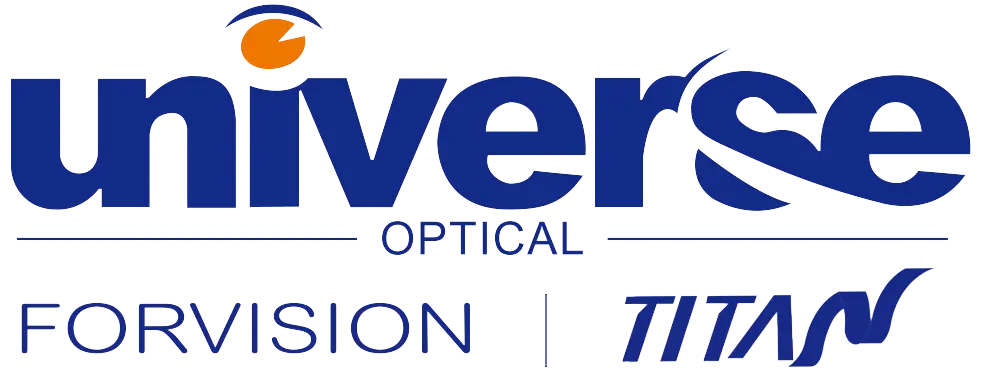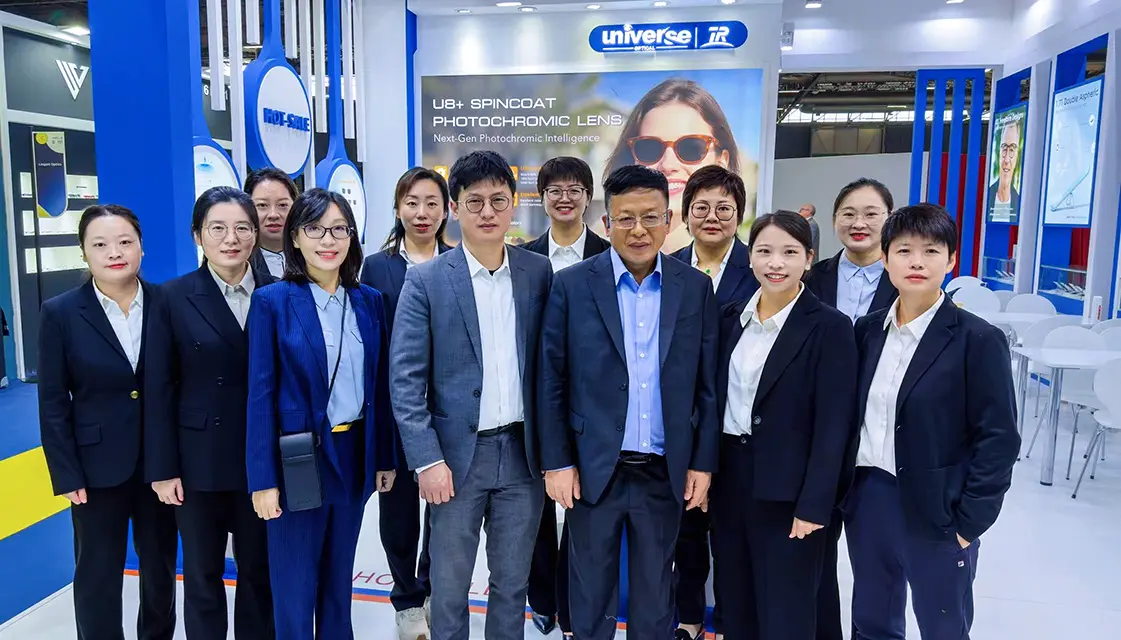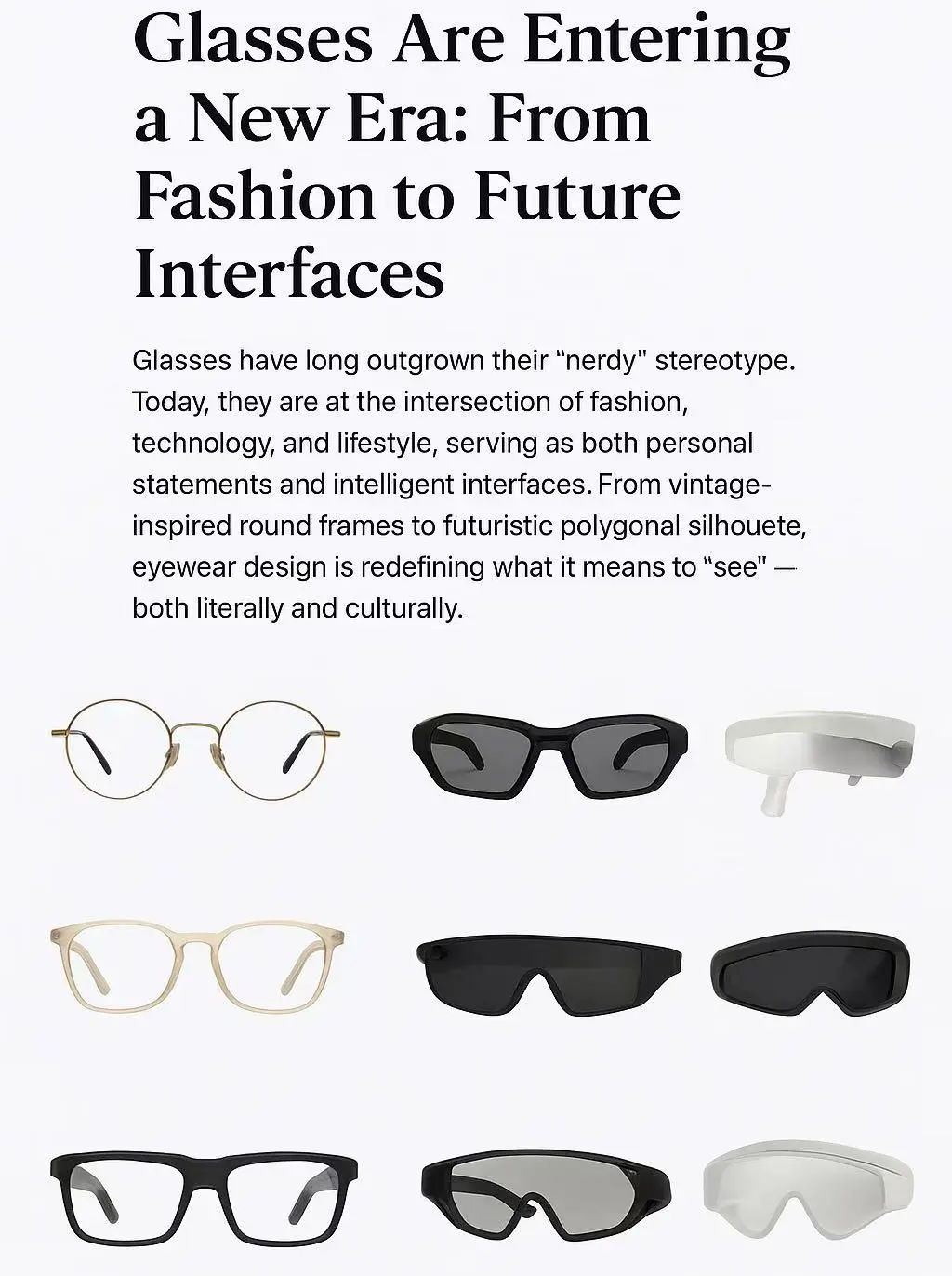Introduction to the Digital Transfer Printing Process for Glasses Cleaning Cloths
The digital transfer printing process for glasses cleaning cloths has become increasingly popular due to its ability to produce high-quality, vibrant designs with excellent durability. This printing technique leverages advanced digital technologies to apply intricate, multicolored patterns and logos on microfiber cloths that are typically used for cleaning lenses, glasses, and other delicate surfaces. Below is an overview of the key steps involved in the production process.
Preparation of Design
The first step in the digital transfer printing process is the creation of the design. Graphic designers use specialized software like Adobe Illustrator or Photoshop to develop artwork that meets the desired specifications. The design can range from simple logos to complex, multi-layered images with gradients and textures. Once the design is finalized, it is prepared in a high-resolution format suitable for digital printing.
Choosing the Right Fabric
The next step involves selecting the appropriate fabric for the glasses cleaning cloth. Most glasses cleaning cloths are made from microfiber material, as it is soft, non-abrasive, and highly effective at cleaning delicate surfaces. The fabric must be smooth and free from any impurities to ensure the print adheres well and achieves the desired color accuracy.
Digital Printing Process
In the digital transfer printing process, the design is transferred onto a special transfer paper using a digital inkjet printer. The printer uses eco-friendly, water-based inks to create the design with precision and clarity. Unlike traditional screen printing, which requires separate screens for each color, digital printing can reproduce complex designs in a single pass, making it cost-effective for both small and large production runs.
Transfer to Fabric
Once the design is printed onto the transfer paper, it is then transferred to the microfiber cloth using heat and pressure. This is achieved through a process known as heat transfer printing. The transfer paper is placed on the fabric, and both are put into a heat press machine. The heat activates the ink on the paper, causing it to bond with the fabric fibers.
The heat press typically operates at a temperature of 160-180°C (320-356°F) for a set period, ensuring the design is properly transferred. The pressure ensures that the ink is evenly applied across the entire surface of the fabric.
Post-Processing
After the heat transfer process, the microfiber cloth is carefully removed from the press and allowed to cool. At this stage, the printed design is permanently set in the fabric. The cloth is then washed to remove any residual ink or chemicals, ensuring it is clean and safe for use. Some manufacturers may also apply a final quality control step to inspect the cloth for any defects or inconsistencies in the print quality.
Packaging and Distribution
Once the glasses cleaning cloths are printed and processed, they are packaged for sale. They may be packaged individually or in bulk, depending on customer requirements. Often, the packaging will include the manufacturer's branding, usage instructions, and care tips to ensure the longevity of the cleaning cloth and print.
Advantages of Digital Transfer Printing for Glasses Cleaning Cloths
High-Quality Results: Digital transfer printing produces highly detailed, sharp images with vibrant colors and gradients.
Customization: This method allows for the creation of custom designs, making it ideal for promotional products, branding, and unique, personalized gifts.
No Minimum Order: Since there are no screens or stencils required, this process is ideal for small batch production, allowing companies to print in small quantities without incurring excessive costs.
Durability: The designs created using digital transfer printing are durable and long-lasting, with minimal fading even after multiple washes.
Conclusion
The digital transfer printing process for glasses cleaning cloths has revolutionized the way custom designs are applied to microfiber fabrics. With its efficiency, cost-effectiveness, and ability to produce high-quality, customizable designs, it has become a preferred method in the production of promotional items, personal gifts, and everyday cleaning accessories. As technology continues to advance, the process will likely evolve further, offering even more possibilities for innovation and design.














